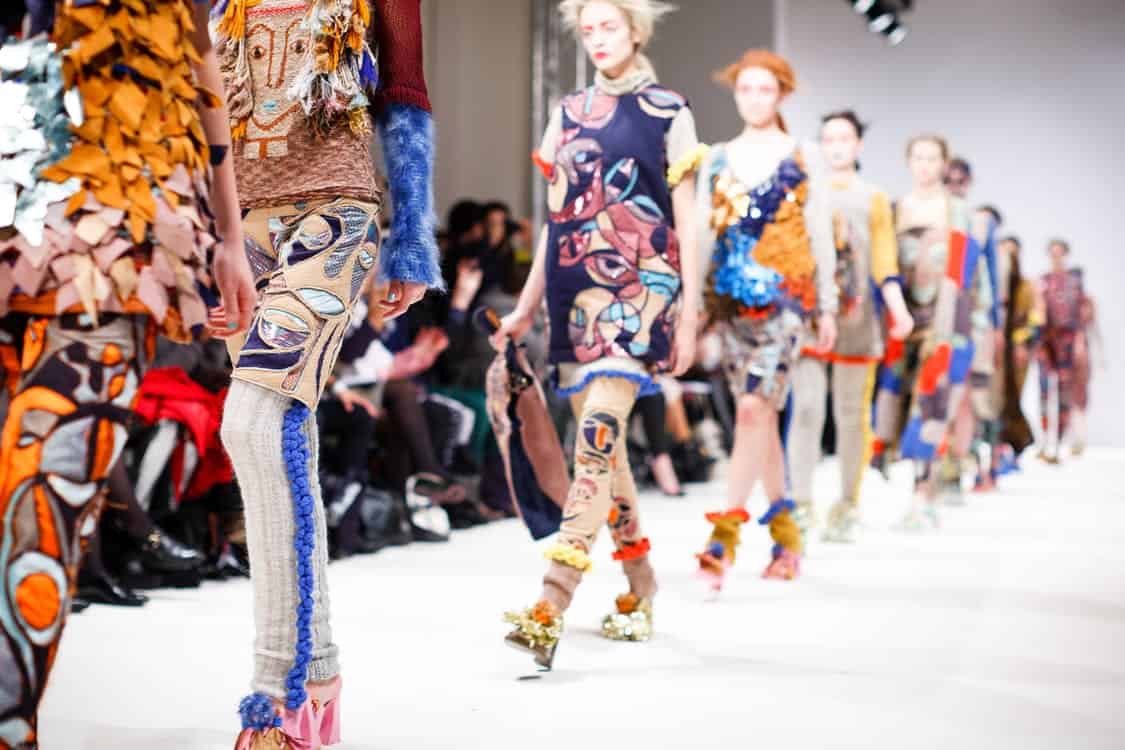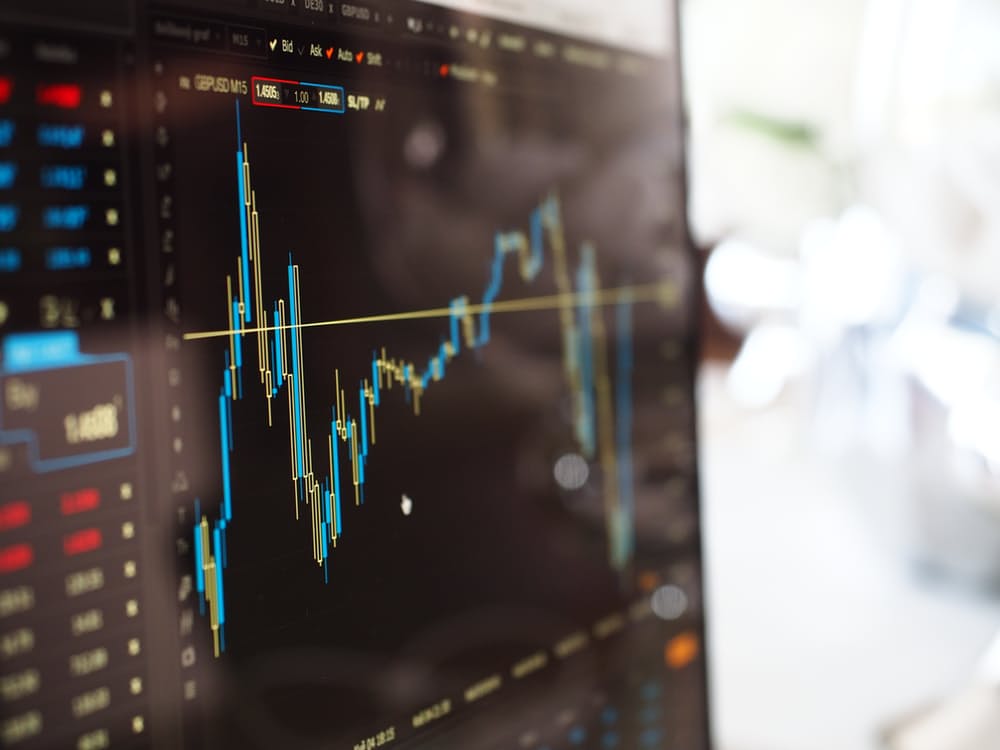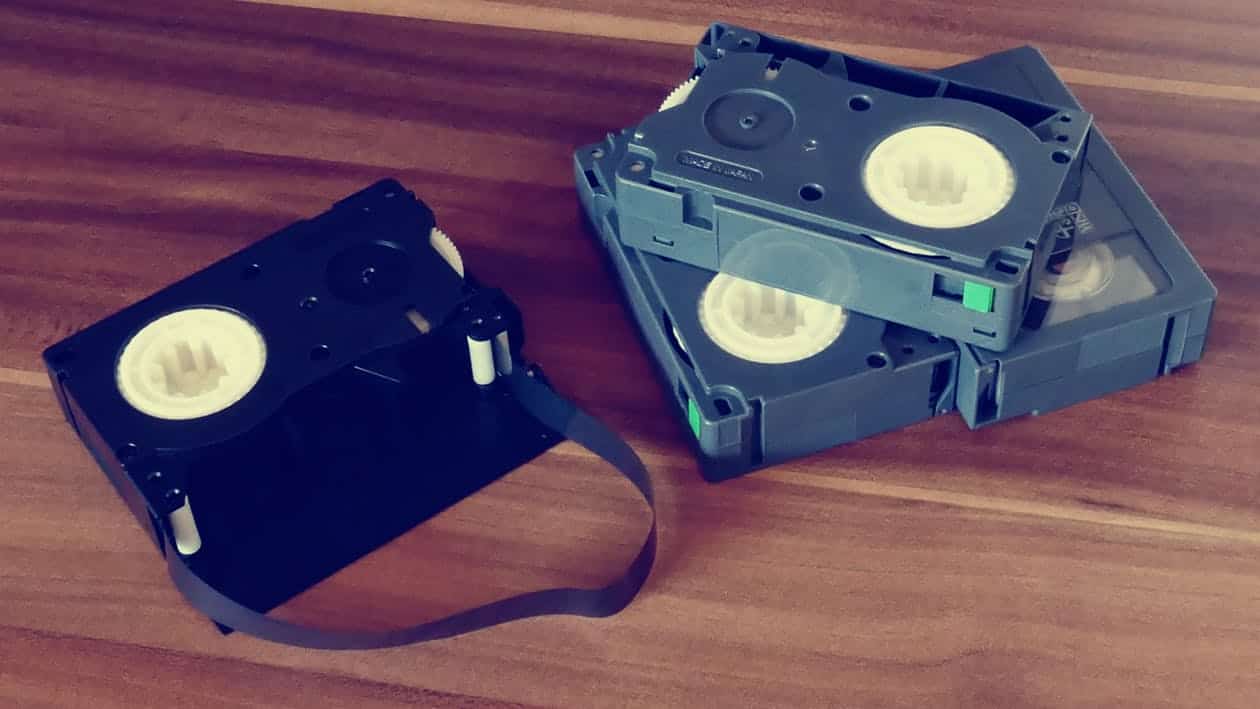The innovations taking place at the intersection of fashion and technology are profoundly amazing and transformative. In many respects, the fashion industry today bears little resemblance to that of a decade ago—and will change even more in the decade ahead.
Legendary businessman Peter Drucker famously said, ”Trying to predict the future is like trying to drive down a country road at night with no lights while looking out the back window.” He’s right, which is why I’m not going to try to predict the future here.
I am, however, going to energize your imagination with five trends that will help create that unpredictable future—trends that are taking shape right now, that Fashion GPS is tracking closely, and with which all of us in the fashion industry will need to grapple in the years ahead.
In this article you’ll learn…
1. Wearable Technology Blurs the Line Between Tech and Fashion
What it’s about: The most obvious examples of wearable technology today are Google Glass and a variety of smartwatches—but these are rudimentary first steps into the realm of wearable tech.
What happens, for example, when smart fabrics (you may already be aware of the San Francisco conference in April focusing on this trend) enable fashions to incorporate sensors that emit aromas or interact with the environment in different ways? Imagine fashions that alter their color or texture based on surrounding conditions of light, heat or sound.
Or, for another example, imagine fashions that seamlessly and invisibly incorporate biofeedback to support an individual’s health and wellness. Would you like some smart-clothes to go with your smartwatch and smartphone?
Why it matters: The days of fabric as a strictly static resource are coming to a close—the days of fabric as an active (and interactive) resource are just beginning.
2. Fashion Week Becomes 52 Fashion Weeks Each Year
What it’s about: Digital Fashion Week is something of a curiosity now, but it’s the beginning of what could be a sea change in the fashion world.
Just as the internet and the 24/7 news cycle have been laying waste to weekly news magazines and daily newspapers, the hyper-networked fashion world to come is likely to transform any given Fashion Week into worldwide industry event that lasts 365 days a year.
This transformation will probably occur in stages, the first of which is global participation in local events. Live streaming of runway shows is already commonplace, and the impact of the social media component of those streams is only beginning to be understood and leveraged in a way that can benefit fashion brands.
Why it matters: Consider 1,000 people in New York and 1,000 people in San Francisco viewing an Amsterdam Fashion Week event. A new product hits the runway and the buzz in San Francisco is off the meter, while the reaction in New York is ho-hum at best. The retail implications for the brand presenting that product—and understanding the buzz both quantitatively and qualitatively—could make or break the product launch. That’s a single data point. Now imagine a flood of data points 365 days a year.
3. 3D Printing Means Everyone Becomes a One-Person Factory
What it’s about: If you haven’t heard much about 3D printing, brace yourself: Imagine having a printer in your home or office that, instead of putting ink to paper, actually creates three-dimensional solid objects. Print a pair of shoes? A handbag? A dress? Yep: All of the above … and more.
According to Forbes, 3D printing will be a $3.1 billion industry by 2016 and a $5.2 billion industry by 2020. I think those predictions are too conservative.
To understand how 3D printing will transform the fashion industry in the years ahead, compare and contrast life today with life before computers and smartphones and the internet. That’s the kind of transformative change that will be brought about by easily affordable 3D printing.
Over the past 20 years, the near-ubiquity of computers has democratized information and media. Publishing and broadcasting, once available to just a privileged few, are now available to anyone with an idea and a laptop or tablet—and that idea can be made available to anyone on the planet with the click of a mouse.
Why it matters: Think about designers in offices, apartments and garages developing accessory prototypes—or engaging in full-on production without any middleman whatsoever. Or imagine designers creating scale models of—well, of models wearing the designs they’ve created; how might those scale models be used to popularize and sell fashion? The possibilities are endless. The impacts will be enormous.
4. Smart Use of Metadata Will Give Brands A Competitive Edge
What it’s about: You’ve been hearing plenty in the news lately about metadata and the NSA, and you’re probably familiar with metadata as it relates to web pages. But consider other kinds of metadata.
How customers and potential customers interact with online product databases (GPS Styles, for one example) can reveal patterns of interest and intent that can suggest which products have the greatest possibility for success.Gathering metadata is the easy part: Every digital action leaves a footprint, and capturing those footprints is a relatively minor issue. However, as everything that everyone in the industry does takes on a digital component, the volume of data capable of being captured is incalculable. This begs the question of how to make sense of it all.
Why it matters: Knowing how to sift through the haystack of information to identify needles of insight that can help weave profitable new strategies—that’s where the smart use of data-mining technologies coupled with strategic analysis will drive new avenues of success for fashion brands large and small worldwide.
5. Technology Will Make Everything You Know Today Obsolete in 10 Years
What it’s about: Moore’s Law states that the processing power of computers will double every two years. The term originated around 1970, and it’s held fairly true since then (though some analyses of Moore’s Law say the doubling occurs every 18 months).
In other words: A decade from now, the processing power of the average computer—or smartphone—will be 32 times stronger than it is today.
Imagine the seismic shifts that power will create: Those needles I referred to above might be easier for the entrepreneur to find. The digital capabilities of today’s biggest fashion brands will be dwarfed by the startup brands of 2024. The technology trends starting to emerge today will accelerate exponentially over the coming decade.
Why it matters: The truly successful fashion brands of tomorrow will be those that can not only recognize and cope with the pace of change, but embrace it. They will be aware of both the megatrends and microtrends in our industry—and will be flexible enough to strategically act on them with bold conviction. The fusion of fashion and technology has just begun.







Alka
What an amazing artical indeed..loved it..